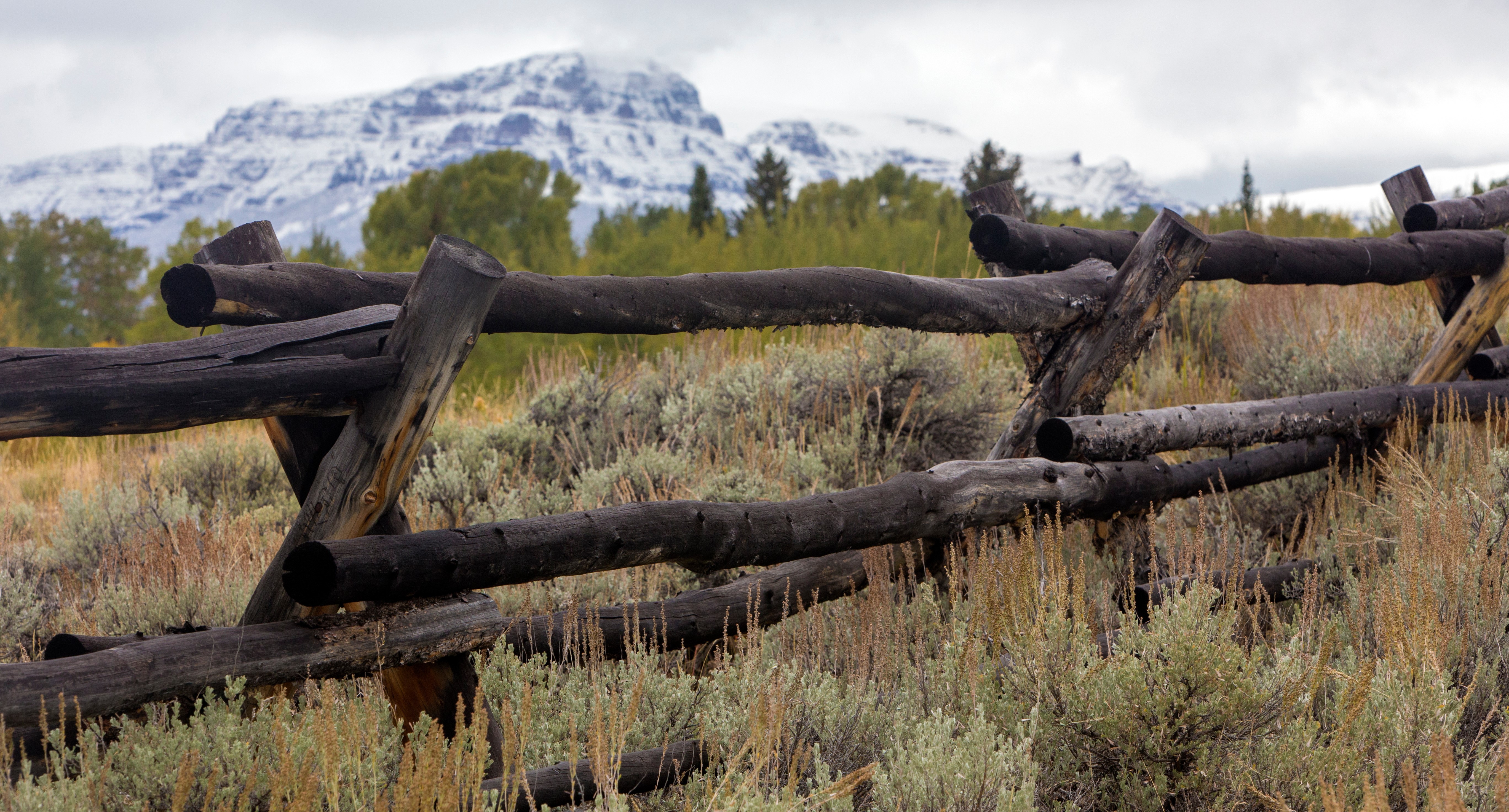Clean Water Act & WOTUS
Since the passage of the Clean Water Act (CWA) in 1972, EPA, the Supreme Court, and regulated stakeholders have struggled to find a definition of “navigable waters” that follows the intent of the CWA while simultaneously respecting property rights and state authority. In the CWA, “navigable waters” are defined as “waters of the United States.” In 2006, the Supreme Court charged EPA with crafting a definition for “Waters of the United States.” Over the course of the last ten years, the EPA and Army Corps of Engineers have gone through a series of ill-fated “WOTUS” rules, ultimately culminating in the 2022 Supreme Court decision in Sackett v. EPA.
The SCOTUS decision rejected the “significant nexus” test included in the Biden Administration’s revision of the rule and required EPA to revisit many portions of the rule. The EPA issued a final amendment in 2023 that provided much-needed clarity to agencies’ implementation of the CWA across the country.
State Water Law
Over the past decade, repeated federal attempts to acquire or abridge state water rights have caused widespread uncertainty for federal grazing permittees. PLC opposes any federal action that would attempt to transfer water on federal land without just process and compensation for the holder of those rights, and generally opposes efforts that would infringe on state water rights.
